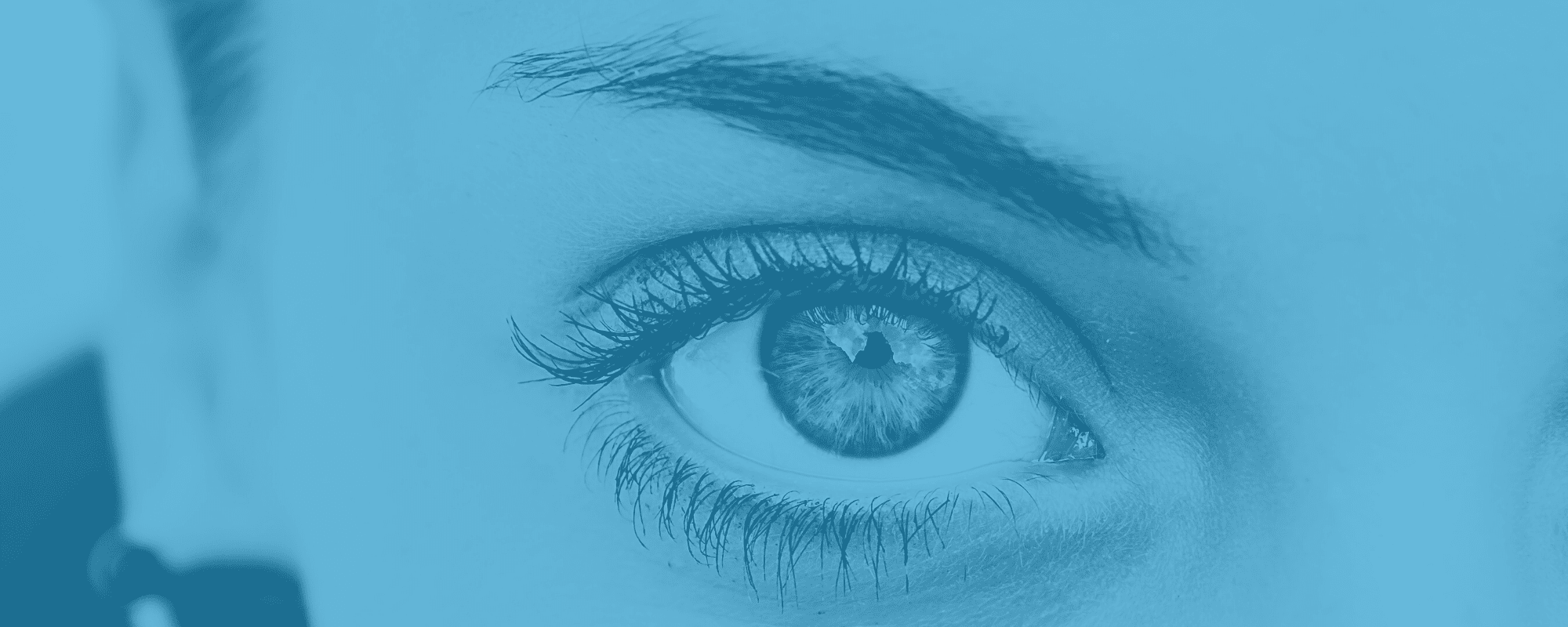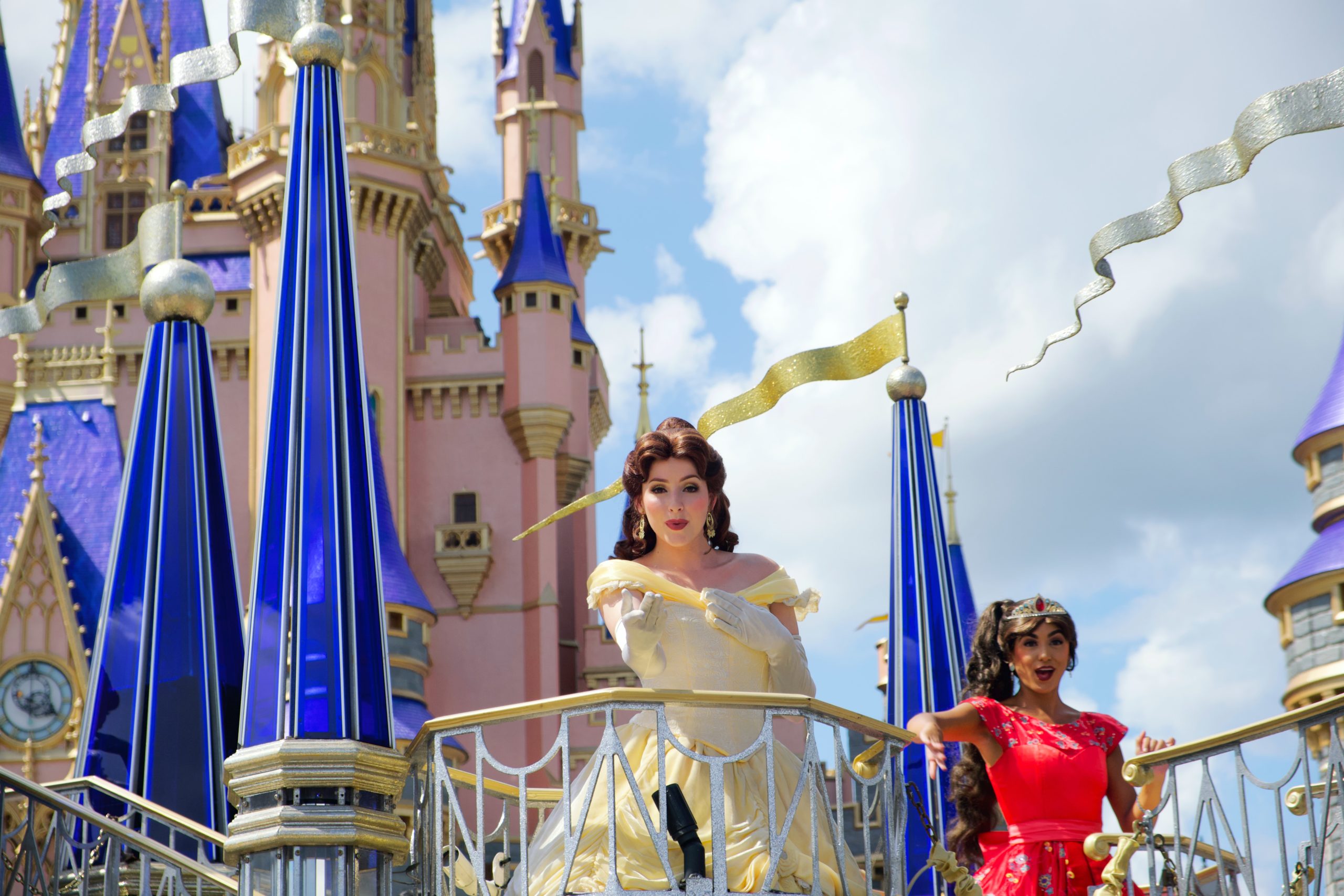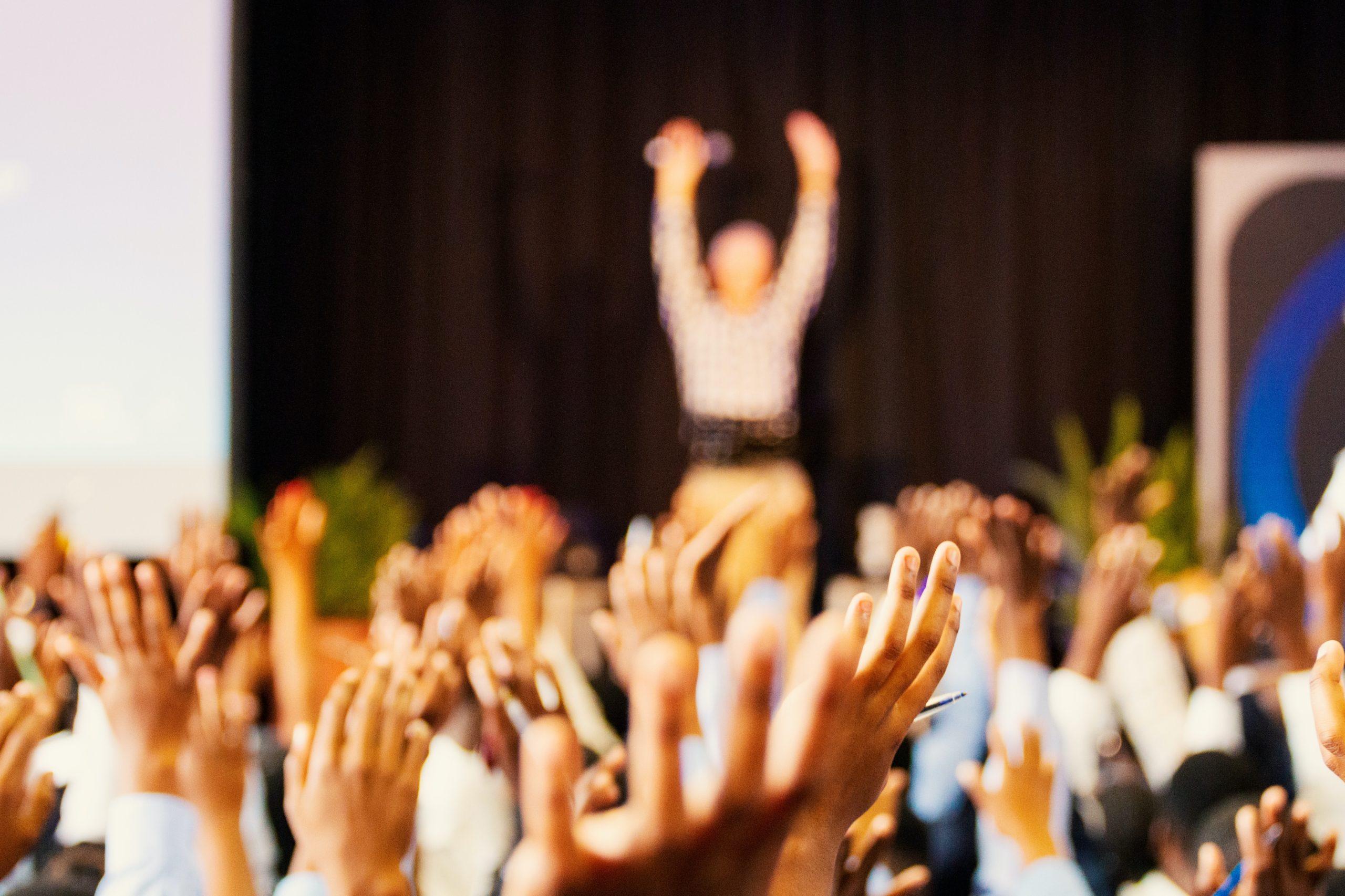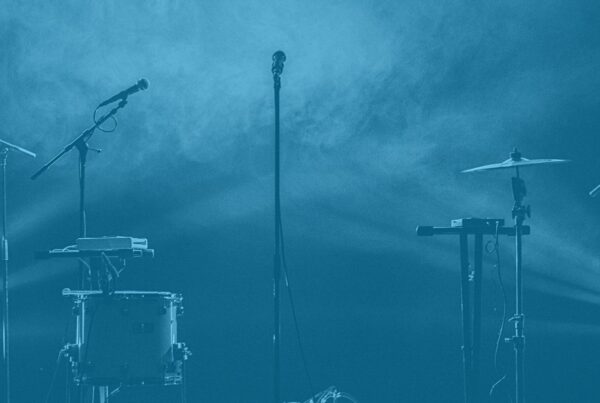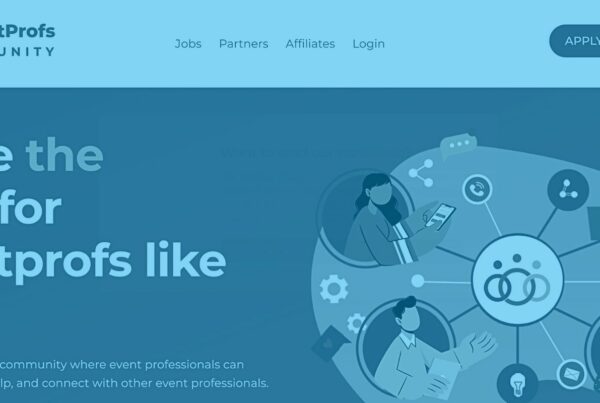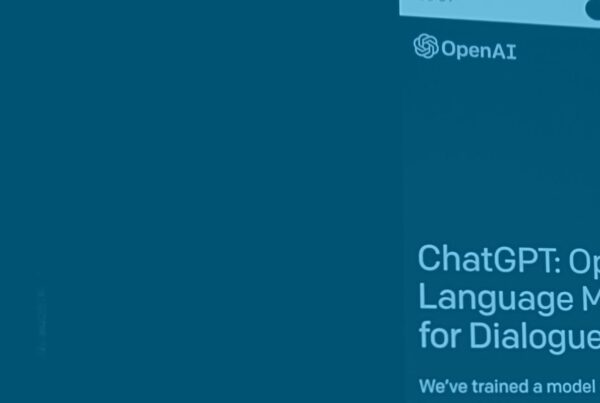What’s up, Event Tech Podcast listeners? Today’s episode is perfect for Westworld and Blade Runner fans. Will and Brandt will talk about facial recognition at Disney Parks and events in general. Why Disney? They have always pushed the envelope in terms of what’s possible in technology. First, they did the MagicBand and now, they’re moving towards facial recognition.
Inspired by the last episode with CrowdPass, Brandt also wanted to continue exploring the related topic of attendee tracking. This episode is futuristic, informative, and also a little bit creepy. Don’t skip it, it’s like listening to a Black Mirror episode – in a good way!
Disney: The Tech Trailblazer
“If I could go back in time and completely change the course, I would love to be a Disney Imagineer,” says Brandt. “They are the masters of taking off-the-shelf technology and turning it into something amazing. I had them in some of my presentations years ago because they were using drones as pixels and making full displays in the sky with drones. It’s mind-blowing how far ahead of the rest of the world they are.”
He talks about his own experience visiting the Disney Parks and what kind of technology he saw there. “I didn’t think at the time it was a little strange, but they had us do thumbprints at the entrance. Ostensibly, it had to do with having kids and making sure that nobody walks off with the wrong kid.”
Next Step: Facial Recognition!
Fingerprints are one thing, but facial recognition takes things to the next level. “Facial recognition opens up the possibility of being able to track you all the way through the park because there are cameras everywhere,” explains Brandt. “And what Amy Webb was saying in her newsletter is that the technology has advanced to the point where they can accurately identify you in facial recognition with barely a half of your face. Additionally, it’s 100% accurate as far as being able to track people through spaces. That’s crazy accuracy!”
So, how exactly are Disney Parks using facial recognition? “Firstly, admission to the park. You get to just walk in because it recognizes your face. But then, what they’re talking about doing is being able to track you as you go through the park,” says Brandt.
Attendee Tracking Doesn’t End With Facial Recognition
So far, so good. Now, let’s segue further into the world of attendee tracking. It doesn’t stop at facial recognition! “A lot of other research is being done on recognizing how you walk or talk. So eventually, it could be a mix of these things. Then, it starts to get much more accurate because it gets data on your voice and how you walk. It can go around the fact that you’re wearing a face mask. There are many other ways that they can track you with AI,” says Brandt.
In case you’re getting freaked out, here’s a reminder: “We have the world’s greatest tracker in our pocket all the time and we’re letting people track us while using it. It’s not just facial recognition, it’s a lot of different biometric data that can be brought together,” he adds.
Emotion & Facial Recognition At Events: From Audience Engagement To Real-Time Changes
Feeling emotional yet? Now might be the time! Facial recognition at events doesn’t stop at who you are, but how you feel. “That is a creepy, but also very cool road to go down,” says Brandt. “Exhibitors can not only see that someone stopped and looked at their trade show display, but how they felt as they looked at it. And then, you can start to then make ROI judgment based on that.”
Emotion and facial recognition might be useful for audience engagement, too. “If you think about either an event organizer or a place like Disney, you can then react to that state. If your audience is clearly falling asleep during a certain presenter’s speech, that presenter might not be invited back next time or you can cut them a little short.”
“In the context of a Disney World, imagine: your kid is crying because their ice cream fell on the ground. You can almost imagine security saying: we need a Goofy to sector 13, STAT! Then, you send the character over to help with that. Believe it or not, that can really save a vacation! It’s a really interesting idea that you can start to react in real time based on emotional feedback.”
Real-time event changes are among the biggest trends in the events industry as well as one of Will’s favorites. “I’ve always just been fascinated about real-time data and our ability to plan around this,” he says. “I really do think that having like a data analyst on your team calling the shots would be so helpful. At events, attendees are reacting to all these things that are happening around them and the future producer can change the event as it’s happening.”
The Dark Side Of AI Emotion Recognition
“One of the things that Amy Webb taught us in the episode that we had with her is that you should go through all of the possible outcomes. It’s not that any one thing is going to happen in the future, but rather you try and be prepared for as many different outcomes as possible. In this particular newsletter, she only wrote about pessimistic outcomes for facial recognition. It doesn’t have much to do with events or theme parks anymore, though,” says Brandt.
She applied some Black Mirror-esque scenarios to AI recognition of emotions. “A world where a job interview might get cut short because the recognition algorithm started to pick up signs of lack of initiative or a fragile psyche.” She also wrote about emotion recognition in our personal lives. “Maybe a first date turns into a second one because the algorithm sends indicators of loyalty and honesty. But the problem is that anytime that you can train a machine to start to recognize these things, we can train ourselves to get around it. Then, you could make yourself seem more honest, loyal, and trustworthy, using facial emotions.”
And what’s so problematic about that, you might be wondering? “It’s a potentially effective tool to help you make decisions like should we open up a second bar? Are there too many people in this area? But when you start making judgments about people that it starts to go down a very dangerous road – as it always does when you’re making judgments about people,” he adds.
Emotion & Facial Recognition At Virtual Events
“When talking about face recognition at events, one of the things that start to pop up is people’s concern about cost,” says Will. “You have to put cameras and computers everywhere. But then I started wondering: why isn’t anyone implementing this at virtual events? We have all of the technology and a camera in front of us. Whenever I speak at virtual events, I ask the attendees to put their cameras on so I can see their reactions and see if my jokes are landing. Why hasn’t anyone done an opt-in thing for attendees? They could put their camera on to recognize the data and push that data back to speakers and the platform.”
“One of our big issues is that we are speaking to no one, so we have no idea how to react,” he continues. “But what if audience engagement could be enhanced from a content perspective by getting that data back to you? You could find out that most of your attendees are yawning or 50% of the people aren’t even at their laptop right now. As a speaker, I’d love to have that data and totally change how I’m going to engage them.”
Face Recognition At Events: Adding Value For Attendees
Face and emotion recognition technologies can seem a bit creepy, but in Brandt’s opinion, there’s an easy way to get around that. “First and foremost, be a good steward of the data. Don’t use it inappropriately, don’t take it if you don’t need it, and get rid of it when you’re done with it.”
And secondly, make it useful to the attendee! “When it’s just Big Brother watching you and making decisions, that’s when it’s creepy. But when it’s useful to you as the attendee, that’s a different factor. One of the things that I love that came out of virtual events in this last year is the idea of a post-event follow-up report for your attendee. It says which sessions you attended, which exhibitors you checked out, and who you connected with. It gives you their contact information, too. And based on the sessions that you went to, here are the five exhibitors that you didn’t stop by that may be interesting to you. Because what’s missing from virtual exhibitions is serendipity. Providing that level of report would be incredibly valuable,” he explains.
Will agrees. “Data is okay to collect as long as you’re adding value back. We complain about Facebook all the time because we give it so much data, but really what do we get in return? We get the value from other people using it. Facebook itself doesn’t actually give us back value. If Netflix didn’t give you any recommendations based on what you watch and it just tracked you, you’d be outraged. How dare you steal my data?”
Facial Recognition At Events: Join The Experiment!
“Unfortunately, delivering value back to the attendee might be hard for event professionals at first,” says Will. “In the beginning, event planners can just say that they need this data because they want to make their events better.”
“In terms of data in the events industry, we have to have a little bit of an early adopter syndrome,” he adds. “I’m wondering if there’s a way that we can communicate that we might not have the money to get the video personalized report, but we eventually want to get there. For us to do that, we need to start tracking data and figuring out how it works as an organization right away. Are you willing to be a part of that experiment with us? I wonder if attendees would be able to understand that early adopter opt-in.” Only time will tell, Will!
And so, the techy duo brings the episode to a close. Since this is the EVENT Tech Podcast, “we talked about the event-side of facial recognition. There are lots of other angles to these issues as there are with any technology.” Discussion about facial recognition certainly doesn’t end with its application in the events industry, but it will have to do for now. See you soon, event tech aficionados!


